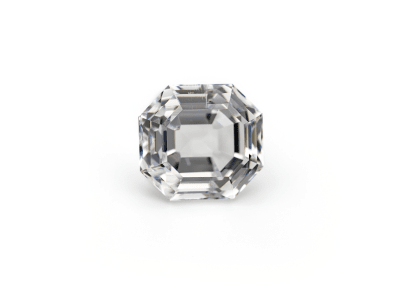Apophyllite is divided into three distinct species, fluorapophyllite, hydroxyapophyllite and natroapophyllite, depending on their chemical composition. It was once considered to be a single mineral, so if chemical composition is not yet determined specimens will still be referred to as apophyllite. It is commonly found as glassy prismatic, blocky, or tabular white to grayish or light pastel crystals. The name apophyllite comes from the Greek word meaning "leafs off," referring to its tendency to flake when heated.
General Information
Common Name
Apophyllite
Species
Apophyllite
Transparency
Transparent - Translucent
Dispersion
Strength: Strong Fire
Refractive Index
1.535-1.537
Birefringence
0-0.002
Optic Character
Uniaxial
Optic Sign
Positive or Negative
Polariscope Reaction
Doubly Refractive (DR)
Fluorescence
SWUV: inert to moderate yellowish white or green
LWUV: Inert to moderate yellow or yellowish white
LWUV: Inert to moderate yellow or yellowish white
Pleochroism
None
Hardness
4.5-5
Streak
White
Specific Gravity
2.300-2.500
Toughness
Poor
Luster
Vitreous, Pearly
Stability
Poor
Fracture
Uneven
Cleavage
Perfect, in one direction, good in one direction
Chemical Name
hydrated potassium calcium silicate fluoride hydroxide
Chemical Formula
KCa4Si8O20(F,OH).8H2O
Crystal System
Tetragonal
Chemistry Classification
Silicate
Apophyllite Colors
-
 Colorless
Colorless -
 Green
Green -
 Pink
Pink -
 White
White -
 Yellow
Yellow
Alternate Names
Fisheye Stone, Apophyllite-(KF)
Countries of Origin
Unknown; India

